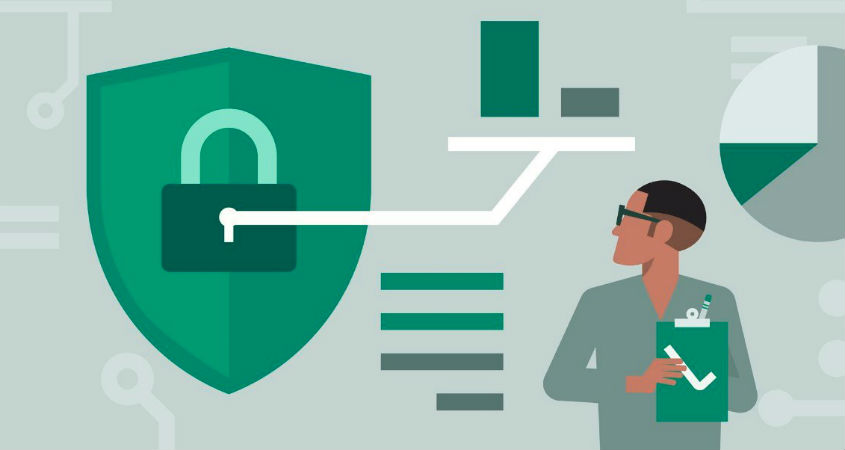Bulk Email Services: Know How Email Authentication Helps To Deliver Emails To Customers' Inboxes

Many businesses face the junk folder issue where their emails are delivered either in the spam or junk folder instead of inbox. Email authentication doesn't confirm the deliverability of the emails to the customer's inbox. However, it improves the chances of emails being delivered to the inbox instead of the spam folder.
Email authentication is one such option that prevents the distribution of unwanted and spam emails. Every email authentication contains cryptographic key information that is placed inside the DNS zone files of the authenticated domain. The public key of these cryptographic keys is placed in DNS, and the private key is securely kept by the sender of the email.
How Does Email Authentication Work?
Authentication works in several simple steps for a piece of sent mail:
- The sender sends an email from their mail server.
- The recipient's inbox checks for authentication.
- If authentication passes, the email usually goes to the inbox.
- If authentication fails, the email often goes to spam or is rejected.
When an email comes in, the receiving mail server of the customer looks for the public key information in the DNS system. This is to see whether the sent mail is using proper technology for authentication. If the cryptographic information looks intact, then email authentication has been passed.
Types of Email Authentication Methods
There are three major types of email authentication methods available:
1. Sender Policy Framework (SPF)
SPF is often compared to the return address on an envelope. It specifies which mail servers are authorized to send email from your domain. SPF is the first line of defense against email spoofing.
SPF authentication checks the sender's IP address against the list of authorized sending IP addresses published in the DNS record. This tells the recipient server whether or not the sending server is authorized to send emails on behalf of that domain.
When a receiver gets an email claiming to come from your domain, they can check your domain's SPF record to determine whether the email was sent from an authorized mail server. If the mail originates from a server not listed in your SPF record, it will likely be marked as spam or rejected.
2. DomainKeys Identified Mail (DKIM)
DKIM is like a wax seal on an envelope - it ensures the contents haven't been tampered with in transit. It adds an encrypted signature to the header of an email message that can be validated by the receiving mail server.
DKIM adds a digital signature to every outgoing email message. This signature is validated against a public key that's published in your domain's DNS records. If the signature is valid, the receiver knows that the message hasn't been modified since it was signed by your authorized mail server.
The signature is a header added to the message and will be included in the message until it is delivered to the recipient's inbox. This digital signature confirms that the message was not forged or altered in transit.
3. Domain-based Message Authentication, Reporting, and Conformance (DMARC)
DMARC builds upon SPF and DKIM to add a reporting component and clear instructions for how to handle emails that fail authentication. It helps protect your domain from being used for email spoofing, phishing scams, and other email-based abuse.
DMARC allows you to specify how a receiving mail server should handle messages that fail SPF and DKIM authentication. You can set a policy to:
- Do nothing (monitoring mode)
- Send to spam (quarantine)
- Reject the message entirely
Additionally, DMARC provides a reporting mechanism so you can see who is sending email on behalf of your domain and whether they're successfully authenticating. This visibility helps you understand your email ecosystem and identify potential abuse.
Benefits of Email Authentication
Implementing proper email authentication provides several important benefits:
Improved Deliverability
Authenticated emails are more likely to reach the inbox rather than the spam folder. Major email providers like Gmail, Yahoo, and Outlook consider authentication when determining where to place incoming messages.
Protection Against Email Spoofing
Authentication helps prevent spammers and phishers from sending emails that appear to come from your domain. This protects both your customers and your brand reputation.
Better Reputation
Consistently sending authenticated emails helps build and maintain a good sender reputation, which further improves deliverability over time.
Insight Into Email Ecosystem
With DMARC reporting, you gain visibility into all sources sending email on behalf of your domain, including legitimate third-party services and potential abusers.
Limitations of Email Authentication
While authentication is important, it's not a silver bullet for deliverability issues:
- Authentication alone doesn't guarantee inbox placement. Content quality, engagement metrics, and sender reputation still matter.
- Setting up authentication can be technically challenging, especially for small businesses without IT expertise.
- Authentication doesn't prevent all types of email abuse - it specifically addresses domain spoofing.
Implementing Email Authentication
For bulk email services, implementing authentication is typically straightforward:
- SPF Implementation: Create a TXT record in your domain's DNS that lists all servers authorized to send email for your domain.
- DKIM Implementation: Generate a public/private key pair, add the public key to your DNS, and configure your mail server to sign outgoing messages with the private key.
- DMARC Implementation: Create a DMARC policy that specifies how receivers should handle messages that fail authentication and where to send reports.
Many outbound SMTP services handle authentication setup for you, simplifying the process substantially.
Conclusion
Email authentication is a critical component of any successful bulk email strategy. By implementing SPF, DKIM, and DMARC, you significantly improve your chances of reaching customers' inboxes rather than spam folders.
While authentication doesn't guarantee deliverability, it provides a solid foundation that, when combined with good content practices and list hygiene, maximizes your email marketing effectiveness. In today's competitive environment, proper authentication isn't optional - it's essential for email marketing success.